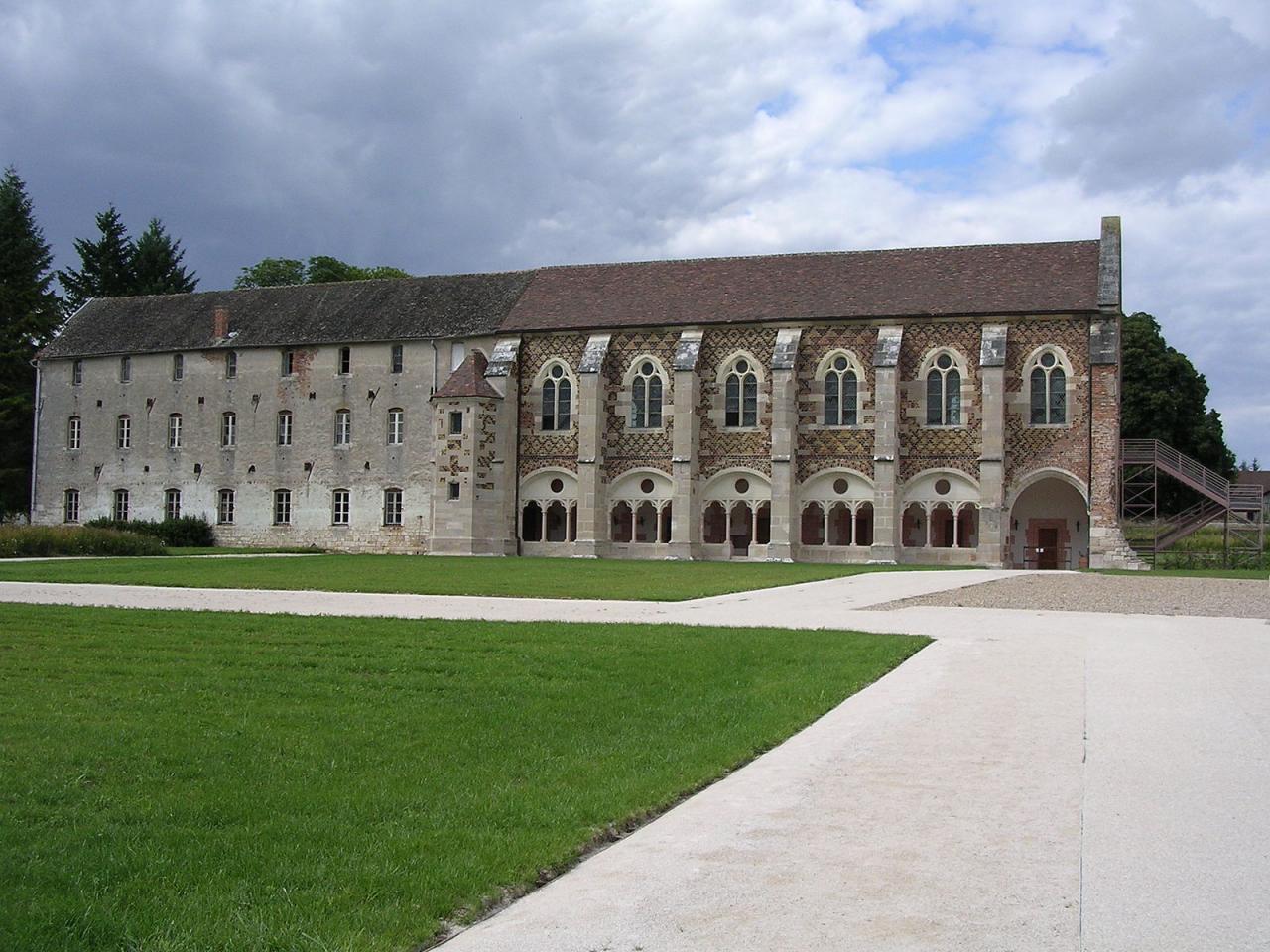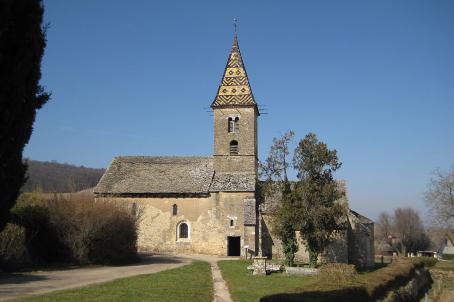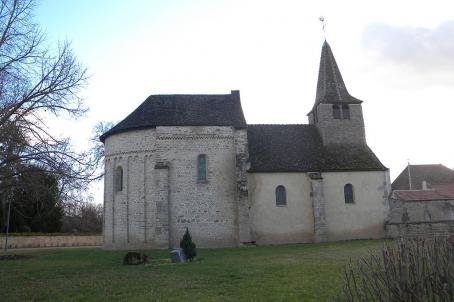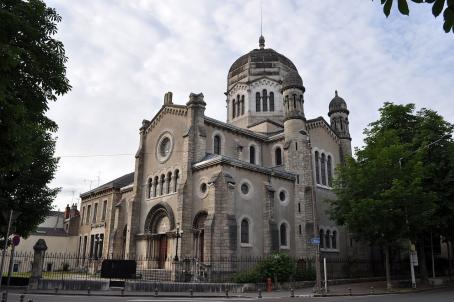Notre-Dame Abbey
Cradle and mother abbey of the Cistercian Order of monks, the buildings were founded in 1098 by Robert de Molesmes, in what was at the time a "desert", the Abbey of Cîteaux, cradle and head of the Cistercian Order, would become, with Cluny, one of the beacons of Christianity.
About this building
It was in reaction to the Cluniac splendour and in order to return to the strict rules laid down by Saint-Benoit that Robert de Molesmes and his companions settled in a remote, marshy place where rushes and reeds, called "Cistels" in the Middle Ages, were to be found. From the difficulties encountered, these monks will become a force, becoming farming monks, hydraulic engineers and winegrowing monks. The very young abbey soon created daughter abbeys (La Ferté, Pontigny, Bonnevaux and Clairvaux) which in turn swarmed so that by the middle of the 14th century, Cîteaux was at the head of an immense European network. As the Cistercian odre comes from the Benedictine order, the layout follows the famous rule of Saint Benedict, who notably laid down principles of composition for founding an abbey: this rule states that everything necessary should be found inside the monastery, the surrounding wall protecting from the outside world vast constructions which are astonishing in their importance. But Cîteaux, head of the Order, is not just any abbey. It has a duty to receive decently, not only the delegates of the annual chapter, their families, the horses, but also the ducal family, and to accommodate the novices. These obligations have influenced the reception infrastructure that must meet these needs. It is therefore a complete place, with a full range of hotel services.






